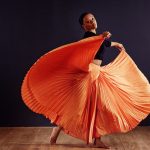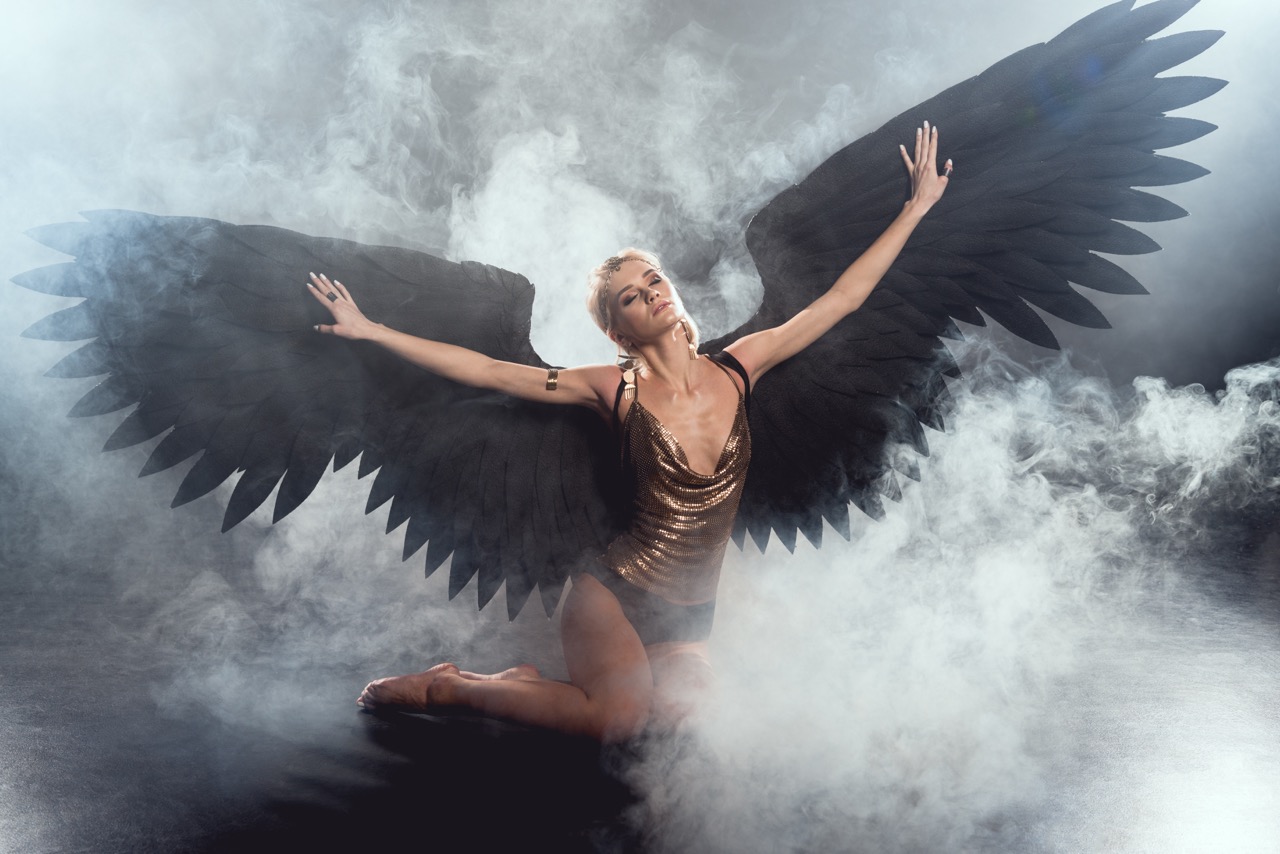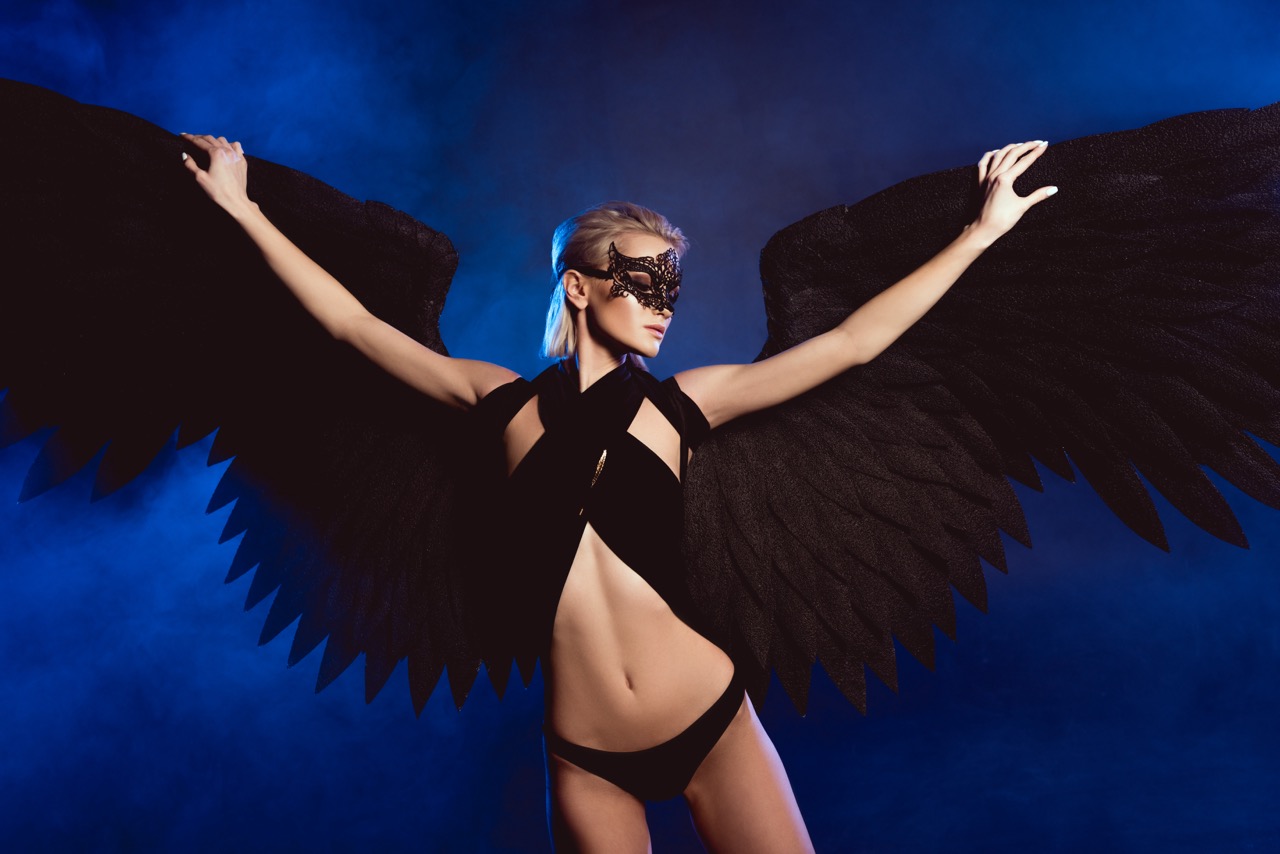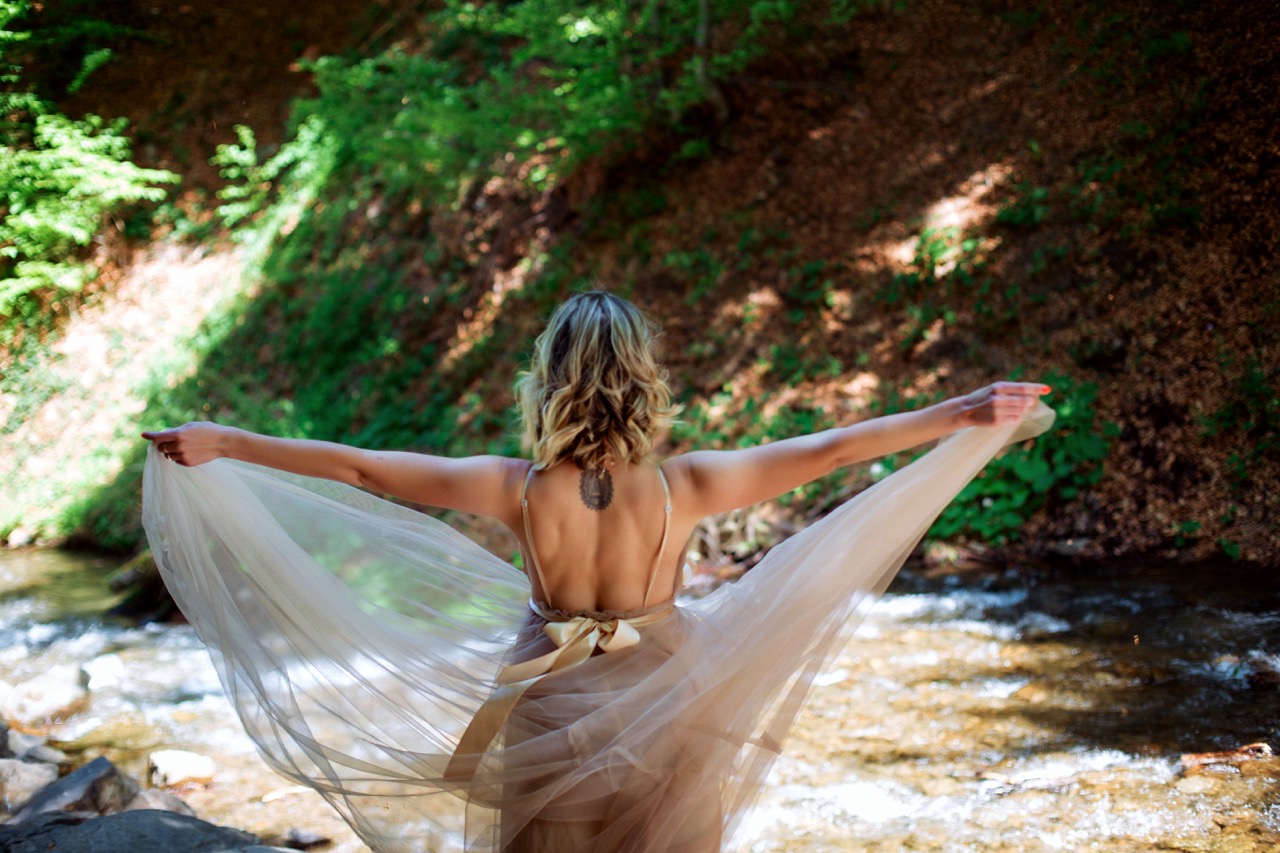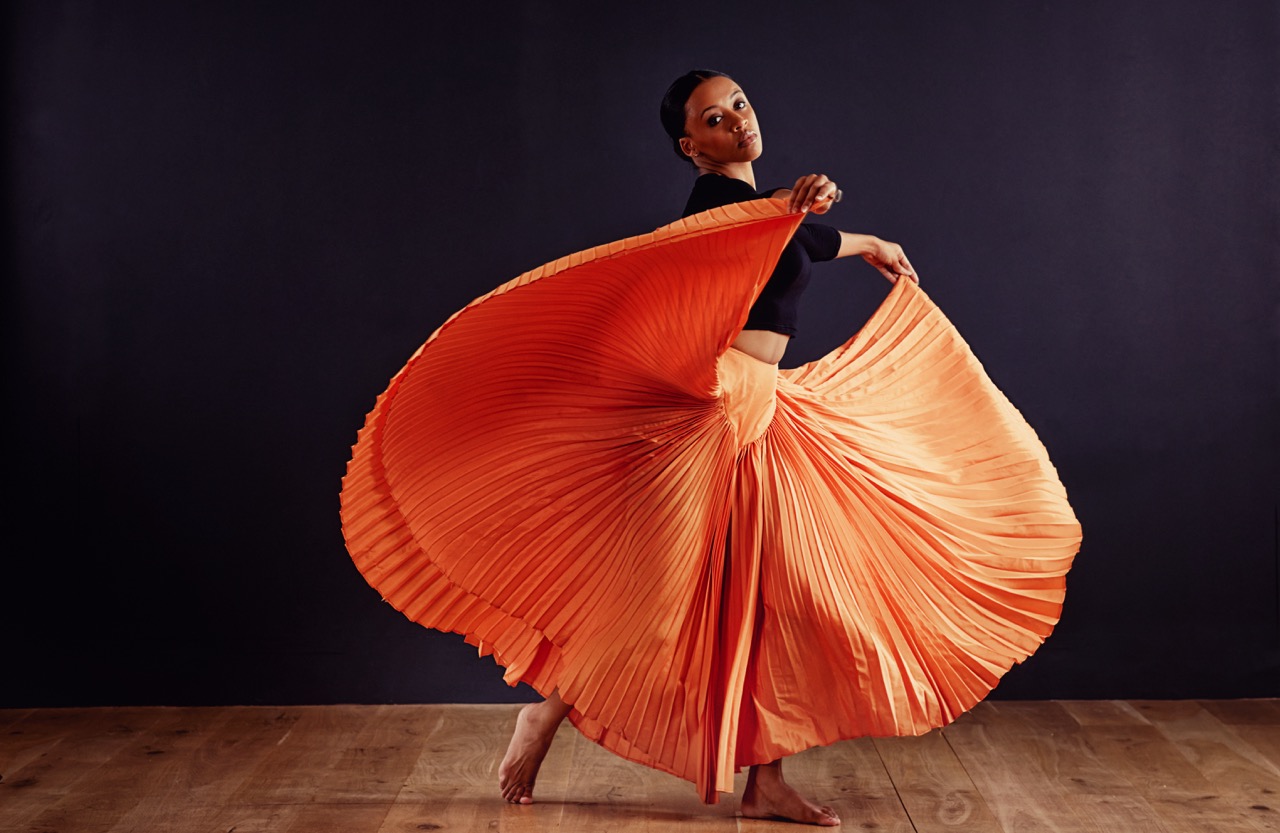Choosing the right wings for your dance performance can transform your routine into a captivating spectacle. Wings add a unique visual element that enhances movement, allowing you to create a mesmerizing narrative through dance. However, selecting the perfect wings requires careful consideration of various factors, from material to style. This guide aims to illuminate the intricacies of wing selection, helping dancers elevate their performances and leave a lasting impression on their audience.
Unveiling the Magic: The Art of Selecting Dance Wings
The allure of dance wings lies in their ability to amplify not just the aesthetics of a performance, but also the emotions conveyed through movement. When selecting wings, it is essential to explore the character and story you wish to express. Are you channeling the elegance of a swan, the ethereal quality of a butterfly, or perhaps the fierce power of a dragon? Each imagery requires a different approach, and understanding this can serve as a foundational step in your selection process.
Moreover, consider the theme of your performance. Wings can either complement or contrast the narrative you wish to portray. For instance, if your dance tells a story of transformation, lighter, flowing wings may symbolize freedom and rebirth, whereas heavier, more structured wings could evoke a sense of weight and struggle. This thematic alignment will not only elevate your performance but also resonate with your audience on a deeper level.
Finally, don’t overlook the practicality of wings. While the aesthetic appeal is crucial, consider how they will function during your performance. Will they restrict your movements, or will they enhance them? The right wings should allow for a seamless integration with your choreography, ensuring that you can execute your movements with grace and confidence.
Understanding Materials: Feathered, Fabric, or Beyond?
When it comes to dance wings, the choice of material plays a pivotal role in both appearance and functionality. Feathered wings are often the go-to option for their stunning visual impact and ability to catch light beautifully. They can create an enchanting aura around the dancer, evoking a sense of fantasy. However, feathered wings can be heavy and may require additional care, making them less suitable for high-energy performances.
On the other hand, fabric wings offer versatility and ease of movement. Lightweight materials such as silk or chiffon can flutter gracefully with every step, providing an ethereal quality without hindering mobility. Fabric wings can also be easily dyed and customized, allowing dancers to align them with their costume and theme seamlessly. This adaptability makes fabric wings an excellent choice for contemporary dance styles that emphasize fluidity and expression.
Beyond feathers and fabric, innovative materials like PVC or organza are emerging in the world of dance wings. These materials can offer unique textures and effects, such as translucence or shine, adding an unexpected twist to traditional wing designs. As you contemplate your choice, consider the overall aesthetic you wish to achieve, the practical implications of the material, and how it will enhance your choreography.
The Perfect Fit: Matching Wings to Your Dance Style
Each dance style has its own unique characteristics and nuances, making it crucial to select wings that align with your chosen genre. For classical ballet, for example, wings that are elegant and refined, such as those resembling swan wings, can complement the graceful movements inherent in ballet. The soft feathered structure accentuates the dancer’s lines and enhances the overall visual experience of the performance.
In contrast, styles like contemporary or street dance may benefit from more dynamic wing designs. Larger, bold wings can create dramatic shapes and forms, making a powerful statement on stage. The movements in these styles are often more vigorous, so selecting wings that can keep up with fast-paced choreography while still offering visual impact is key. Think about how the wings will interact with your body and the energy of your performance.
Additionally, consider the cultural context of your dance style. Traditional dances often have specific types of wings associated with them, reflecting heritage and history. Incorporating culturally appropriate wing designs can add depth and authenticity to your performance. Research and engage with the cultural significance of wing styles before making your decision to ensure respect and accuracy in your portrayal.
Elevate Your Performance: Tips for Stunning Wing Use
Once you’ve chosen your wings, mastering their use is essential for a breathtaking performance. Start by practicing in front of a mirror to understand how they move and interact with your body. This will help you become attuned to the wings’ dynamics, allowing you to incorporate them into your choreography seamlessly. Pay attention to how the wings can be used to emphasize specific movements, adding a layer of drama and elegance.
Incorporate your wings into your warm-up routine. Conditioning your body to work in harmony with the wings will enhance your performance’s fluidity. Focus on core strength and stability to maintain control over your movements. This will not only prevent mishaps but also allow for more expressive and confident use of the wings, making your performance all the more captivating.
Finally, do not underestimate the power of stage presence. Wings can amplify your ability to connect with the audience, but it’s crucial to maintain eye contact and embody the emotions of your character. Use your wings to create lines and shapes that invite the audience into your story. When combined with a strong emotional connection, the right wing choice can truly elevate your dance performance to an unforgettable experience.
Selecting the right wings for your dance performance is an art in itself, blending creativity, practicality, and personal expression. By understanding the nuances of materials, aligning wings with your dance style, and mastering their use, you can create a stunning visual narrative that resonates with your audience. Whether you choose elegant feathers or dynamic fabrics, remember that wings are not just an accessory—they are a medium through which your dance story unfolds. Embrace the magic of wings, and take your performance to new heights!




